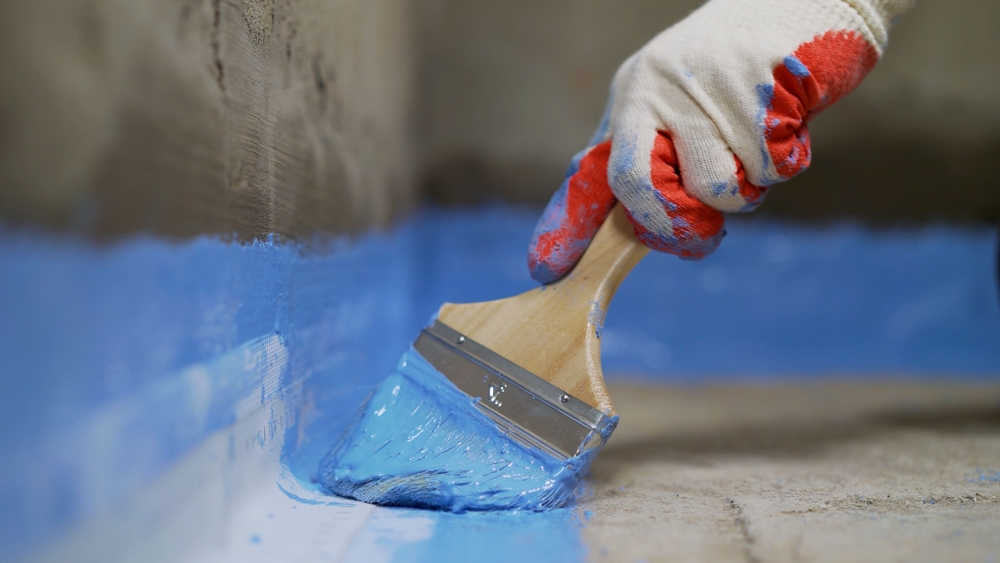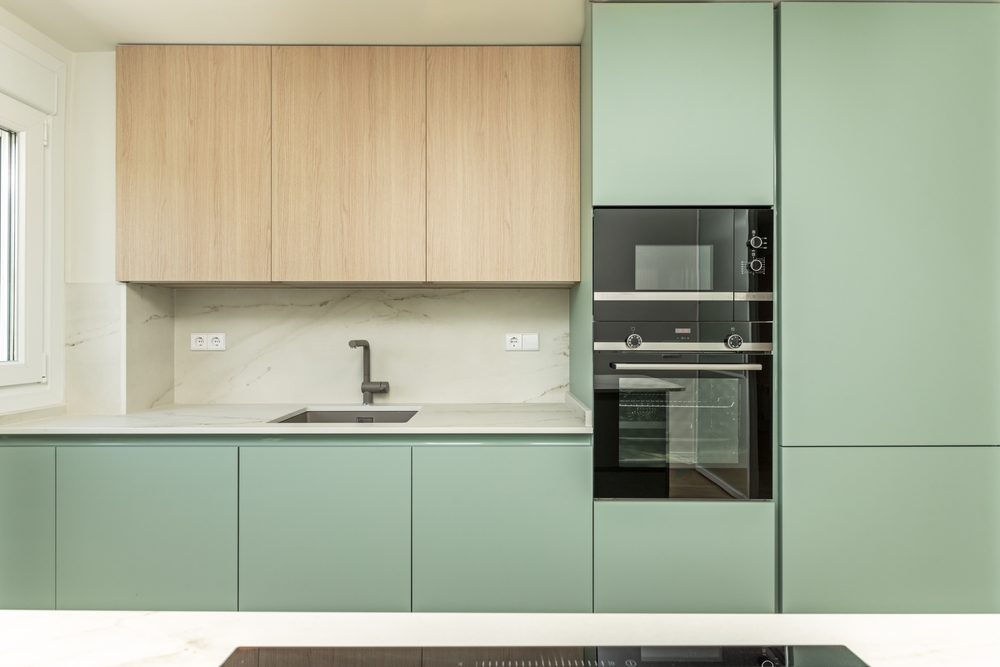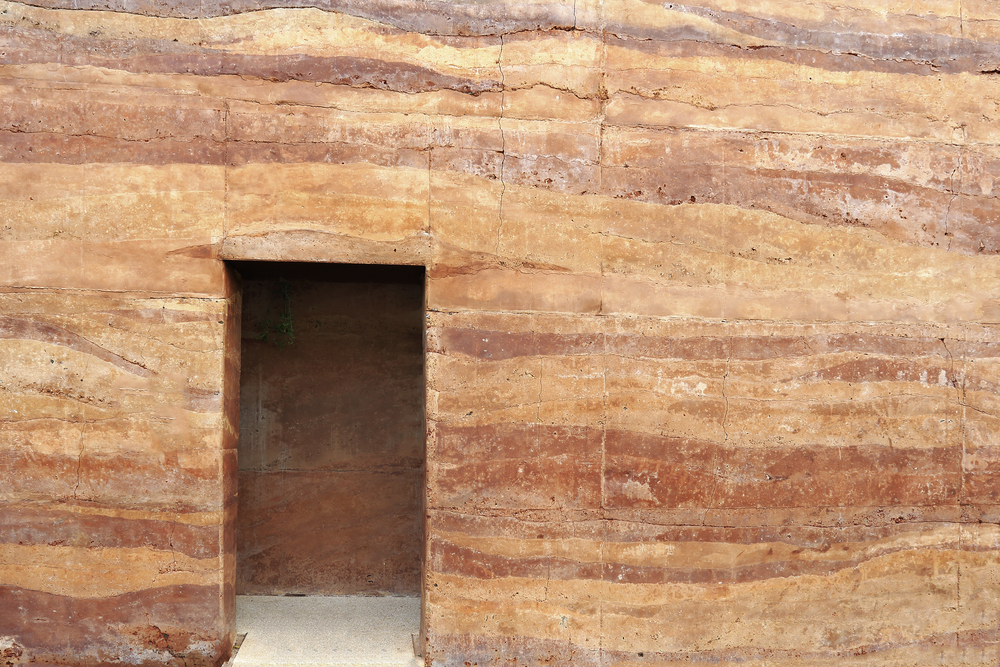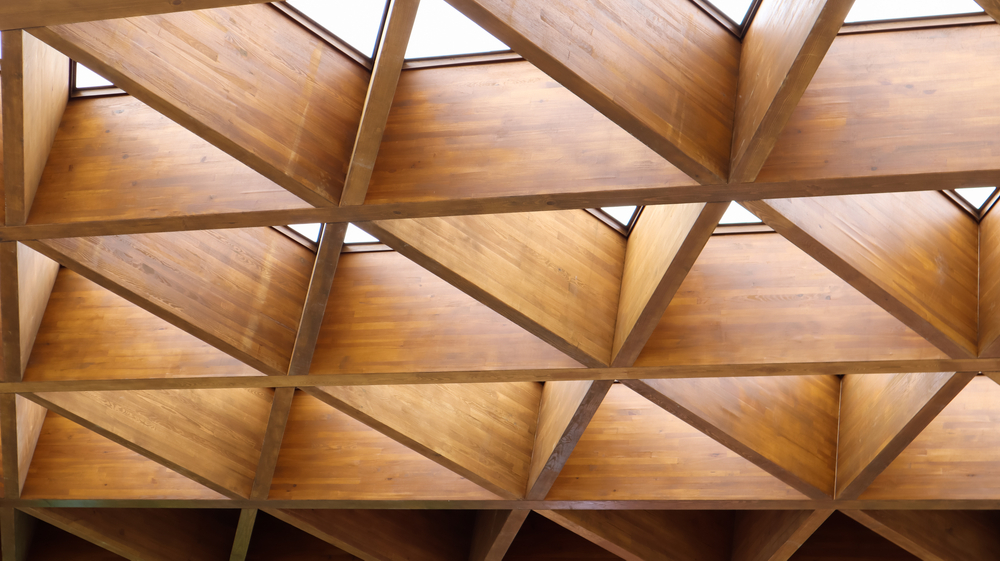Waterproofing is an essential element of the construction process. When building or renovating, wet areas must be waterproofed in accordance with the National Construction Code and in compliance with Australian Standard AS3740.
Waterproofing is a membrane which is applied to the walls and floors of wet areas to reduce the possibility of structural damage due to water leaking. Waterproofing membrane is applied as a thick, flexible waterproof paint. Once cured, it forms a permanent barrier to water, stopping it from penetrating the walls.
Where should waterproofing be used?
Waterproofing should be applied to all wet rooms including bathrooms, laundries and water closets. Waterproofing should also be applied to retaining walls built against habitable rooms, ponds and balconies.
Why is waterproofing important?
Structural damage to property due to water leakage can be quite costly. A majority of building repair costs are attributed to water leaks whether its minor damage such as blistered paintwork or more serious issues such as structural damage and mould growth.
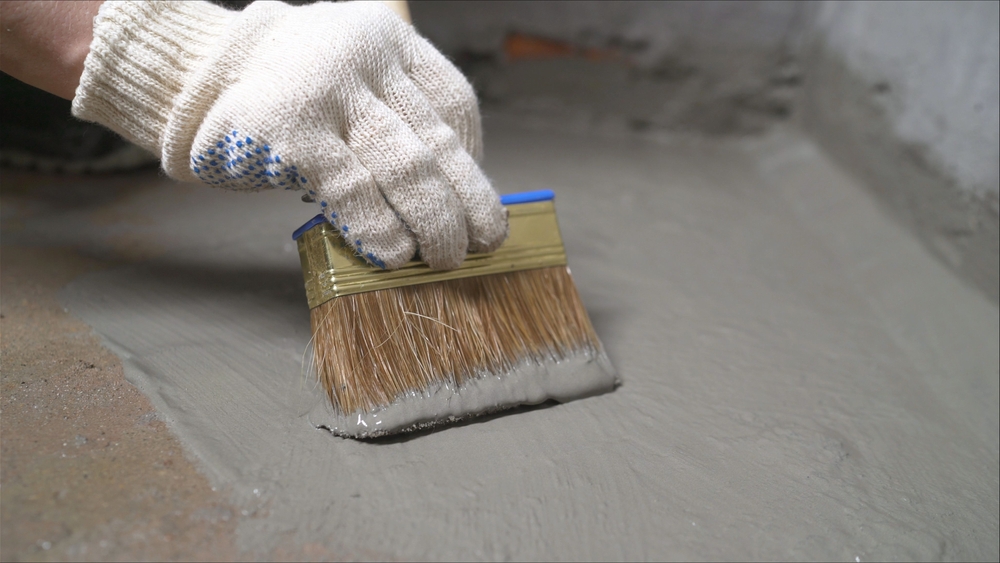
What are building surveyors expectations when it comes to waterproofing?
The Victorian Building Authority has made waterproofing practices a focus over the last 18 months which has seen an increase in the documentation required by building surveyors. The National Construction Code (NCC) 2022 outlines the guidelines and rules for waterproofing.
Lateral Building Design has addressed this through providing additional waterproofing details and suggesting a selection of waterproofing products where appropriate for our clients.
Waterproofing is an essential element of the construction process. Ensuring your home is properly waterproofed will protect your home and provide peace of mind.
Contact the Lateral Building Design team to discuss your building design needs.

